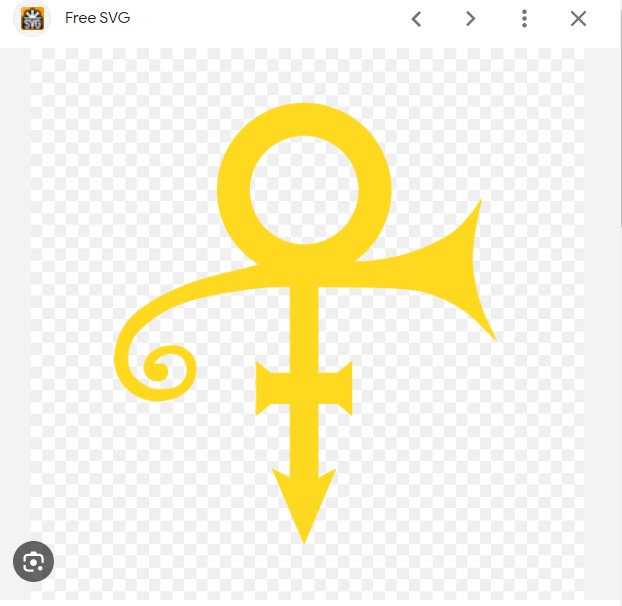Thirty years ago yesterday, the singer-songwriter, Prince changed his name to an unpronounceable symbol on his 35th birthday and from then on people referred to him as “the artist formerly known as Prince”.
Recently Kanye West has done the same, going from his full name to a 2-letter moniker, Ye. While the latter has offered an explanation of sorts—he has always loved “ye”– which according to him is the most common word in the Bible—Prince’s reason has always been somewhat mysterious. Now Variety is offering to shed some long-deferred light.

Prince had always been a provocative, perplexing and often strange artist, and frequently used symbols (such as an eye for “I”) or numbers (such as 4 for “for”) in his album artwork. But changing his name to a symbol was a new peak. People asked, is it a joke, a trick, a stunt to get him out of his label contract — which had just been renewed in a purportedly “$100 million deal” — or had he finally gone over the edge?
In the face of so much speculation, Prince told MTV News’ Kurt Loder in 1999, “Very simply, my spirit directed me to do it. And once I did it, a lot of things started changing in my life. People can say something about Prince, and it used to bother me. Once I changed my name, it had no effect on me.”
Michael Pagnotta, his then-independent publicist, has said:
“It’s one of those moments in, at least, recent music history, that almost everybody remembers, whether they think it’s funny or brilliant or stupid: One of the most famous musicians or even people in the world erases themselves almost completely and turns their name into a unpronounceable glyph? It was so ridiculous and so unheard of, but at the same time, like, incredibly modern, or something?”

Prince announced the decision in a statement that read, “It is an unpronounceable symbol whose meaning has not been identified. It’s all about thinking in new ways, tuning in 2 a new free-quency.”
The symbol, originally a combination of the common gender symbols for male and female, previously had appeared in slightly different form in the artwork of several Prince albums, first on “1999” and later on the sleeves of “Purple Rain”. Because that symbol could not be copyrighted, Prince hired Minneapolis design studio HDMG to alter it, adding a horn-like element. He copyrighted that version and first used it as the unpronounceable title of his otherwise title-less 1992 album, commonly referred to as “Love Symbol.”
However, while Prince was one of the most successful acts on one of the most artist-friendly record companies in industry history, Warner Bros. was adamant about not giving in on two main issues that created constant friction: that he couldn’t release music as often as he wanted, and that the company, and not he, owned the rights to his recordings. Prince’s frustration with the situation grew so heated that he began painting the word “Slave” on his face and ultimately left the company when his contract was completed in 1996.
Around that time Prince decided he wanted his record masters back from Warner Bros. but their response was essentially, “You should have thought that before you renegotiated your contract.”
Jeff Gold, VP at Warner, said, “Prince was constantly doing the unexpected…It becomes apparent pretty quickly that he’s doing this so he can say, ‘Well, you guys signed Prince, but I’m not Prince anymore: I’m the symbol’.” He got the freedom he wanted.
Most people don’t realize that the symbol as name lasted only about five years, after which he reverted to his name. Pagnotta explained that coincidentally or not, while he was the symbol, his music went into a slump, but “he changed it back to Prince and started playing the hits again, and his tours made millions of dollars.”
In retrospect, he adds, “At the time, of course, it just seemed like the most ridiculous thing that anybody could ever do. But now it seems genuinely historic.”











